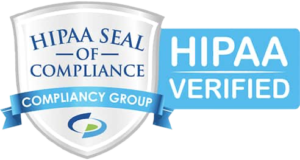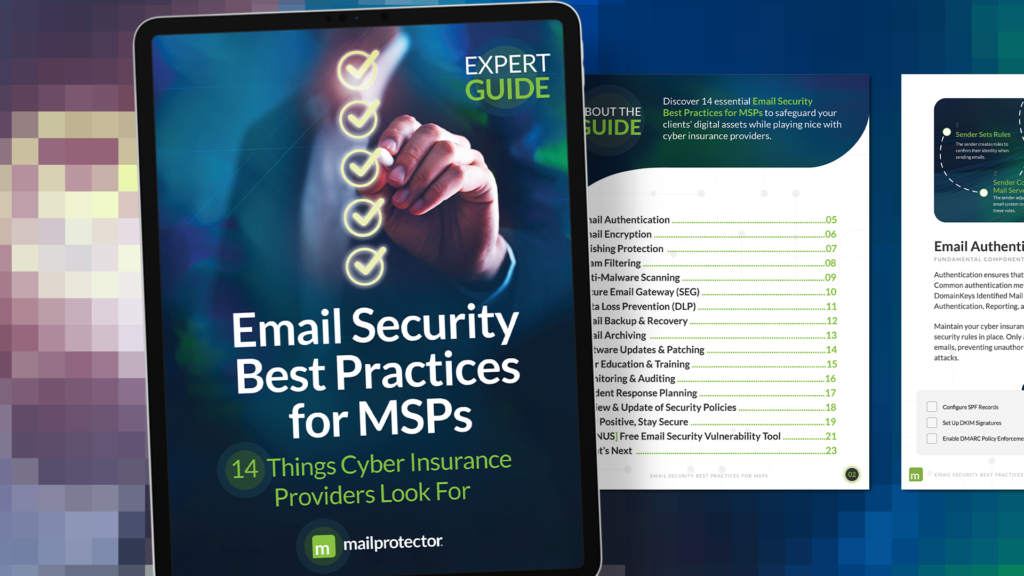Most people’s workday consists of at least some complicated actions. Unfortunately, when it comes to cybersecurity and getting employees to adopt best practices, many MSPs run into roadblocks. Take, for example, one of the hallmarks of good security: passwords. Despite being told how important it is to change passwords regularly, to use different combinations for various accounts, and not avoid the classic ‘post-it note’ method of saving credentials, many continue to use those paths of least resistance at work.
Now throw a little chaos into the equation. With the exponential growth in remote work due to the COVID-19 pandemic, many employees’ normal routines are being turned upside down, which should be particularly worrisome to MSPs in charge of corporate cybersecurity. How closely are they following information security protocols? Are they sending and receiving company email using unsecured personal devices?
Add a corporate VPN and other software into the mix and see how people respond. Lack of familiarity is a real concern, especially for employees with little technical expertise and a low comfort level with these types of solutions. User-friendly options breed success.
Overcoming the Shortcut Mentality
If there’s anything history has taught us, it’s that everyone loves shortcuts. If there’s a less complicated way of doing something, you can bet people will choose that option, at least over time, as the word gets around.
While this makes sense for a vast majority of things in life, that’s rarely the case when it comes to security. When employees don’t understand why a change is necessary or comprehend any sense of urgency, adoption will be difficult. Resistance among tech-naïve employees adds to the problem. Most people who don’t understand the reasoning for specific protocols or behaviors simply avoid taking action.
In the current environment, with a large number of inexperienced remote workers, MSPs need to make critical processes as easy as possible to ensure end-users successfully adopt those practices. Security is the perfect example. If a procedure is complicated and hard for ‘non-techies’ to comprehend, it will be more challenging getting them to follow through.
Whether that involves using a VPN to access critical business systems or completing a phishing awareness training module, or sending an encrypted email, employees who struggle are more likely to avoid those activities. Sidestepping security precautions sets your clients up for failure.
As more employees work from home, with less formality and oversight, businesses are asking MSPs to create additional layers of protection without adding pointless complexity. No one has the time and patience to deal with overly complicated solutions‒ especially during a crisis.
Complicated Processes are Counterproductive
While MSPs provide recommendations, such as the need to frequently change passwords, when employees are left to their own devices, relatively few will ever follow through. Most won’t alter their credentials every year without prompting, let alone every month. This is where straightforward password management solutions come in handy.
Another traditionally complicated cybersecurity procedure involves email encryption. Explaining the process for encoding and decoding messages is typically cumbersome for both the sender and the recipient. Both parties must complete their individual tasks using the correct methodologies for it to work correctly. Failure is not only frustrating but may result in a long delay involving business-critical information.
Like most cybersecurity-related processes, antiquated encryption methodologies often get heavy pushback from end-users. No MSP wants to implement technologies that no one wants to use.
Promote Simplicity
Email encryption can be simple and secure. These solutions should be easy for MSPs to implement and explain and similarly straightforward for those who send and receive these messages. For example, Bracket by Mailprotector reduces the complexity so much that any end-user can encrypt or decrypt their messages.
Even your clients’ least tech-savvy employees will be able to meet the most stringent compliance requirements and safely send proprietary information with little effort. They can send encrypted messages from any email client on any device. Once the relatively simple configuration process is complete, users just place brackets around the subject line to fully encrypt the corresponding message — no applications or plugins necessary.
Users don’t even have to remember a password to sign up, nor do they have to worry about any updates — two more things end users typically avoid. Bracket’s simplicity not only helps increase staff adoption but makes it much easier to send, receive, and access encrypted information through email.
For MSPs supporting the current new wave of remote workers, implementing simple solutions makes perfect sense. Now, more than ever, the SMB needs simplicity in security. That’s a value proposition your clients will truly appreciate with all they have to worry about right now. Go simple with security to ease their minds.

















